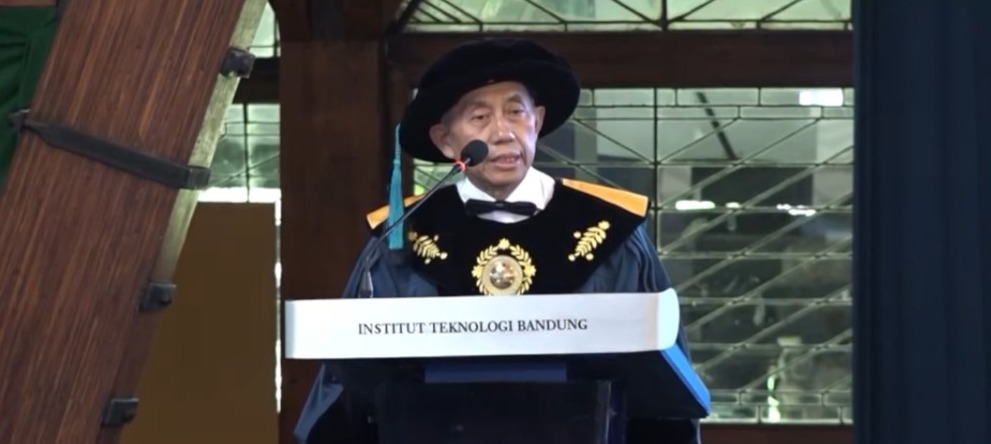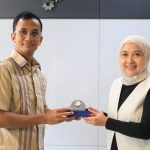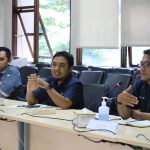Crashworthiness Technology Improves the Passive Safety on Passenger Train Structure
Bandung – Traffic congestion in Indonesia is a complicated problem that has never been resolved. The government often glorifies mass transportation to relieve congestion on the streets. However, the problem does not end. A new problem arises, how to combine all the criteria for mass transportation that passengers want into one. These criteria are safe, comfortable, modern, practical, and affordable.
The safety factor in driving is related to driving safety technology. Prof. Dr. Ir. Bagus Budiwantoro, Lecturer of Mechanical Design at the Faculty of Mechanical and Aerospace Engineering [FMAE], in the ITB Professor’s Scientific Oration [Orasi Ilmiah Guru Besar ITB], explained that there are two safety criteria; active safety and passive safety. Active safety is a form of protection, such as sensors or controls intentionally installed to prevent accidents. In contrast, passive safety is the physical framework designed for a vehicle to protect passengers when an accident occurs.
However, the facts found that the accident caused two effects: primary and secondary. The primary effect causes damage to the vehicle structure and injuries to passengers. Secondary effects can cause fatalities because passengers collide with objects in the vehicle.
Based on this problem, a technology called Crashworthiness was designed. This technology is a structure’s ability to protect passengers’ safety in the event of a collision.
“We designed a train so that the passenger area is not damaged even if an accident happened,” he explained.
Crashworthiness has been applied to the structure of passenger trains. This technology has a crash zone area, where a structure on the train will be damaged first in the event of an accident so that the passenger area is not damaged. For instance, it is a toilet area on a train. The force due to the collision will be absorbed in this area, reducing the impact on the passenger area. The structural criteria in the crash zone area are safe passengers and controlled deceleration. In the crash zone area, a controlled deceleration force will be designed so that the remaining energy from an accident does not injure passengers.
Head Injury Criterion (HIC) / Severity Index (SI) is a parameter to determine passenger safety in standard passenger injury criteria. The Abbreviated Injury Scale (AIS) can be determined through SI calculations to assess the level of passenger injury.
“Through this crashworthiness, we can safely calculate the distance from one chair to another,” said Prof. Dr. Ir. Bagus Budiwantoro.
Crashworthiness technology has been implemented in several public transportations, such as the Jabodebek LRT and Metro Kapsul. Prof. Bagus said in the design process of Metro Kapsul, some parameters, such as crashworthiness, regulation, and material, must be considered. Thus, the model can be simulated iteratively to obtain advantages and disadvantages.
The mass shift to public transportation modes can reduce the number of vehicles produced. This shift can affect layoffs, so the unemployment rate in Indonesia has increased. At the end of the oration, Prof. Bagus emphasized to the government and policymakers to prevent this from happening.







